The brain is home to a multitude of different cell types that each occupy their own niche. Some of these cells are neurons, which relay information across the brain; astrocytes, which safely pull nutrients from the blood to fuel neurons; and oligodendrocytes, which form the fatty myelin sheath, which speeds up the propagation of electrical signals across an axon. There are many other cell types and processes that occupy the brain, making balance a very complicated ordeal, and this balance can be disturbed.
How TBI affects the brain
Traumatic brain injury or TBI occurs when violent acceleration causes the brain to crash into the skull. This injury is commonly associated with sports like football but can also happen as the result of a fall or car accident. When a TBI occurs, forceful contact between the brain and the skull results in physical damage, chemical dysregulation, and an energy crisis.[1]
In Figure 1 the following steps are described:
- The force of impact disrupts the membrane walls causing the ions Potassium to leak out and Sodium/Calcium to rush into the cell faster than they can be pumped in/out.[1]
- The cell begins to rapidly and indiscriminately release the excitatory neurotransmitter glutamate causing excitotoxicity.[1]
- The unregulated Influx of Calcium is a significant problem because it is stored in and does damage to the mitochondria.[1]
- The damage from Calcium alongside the rapid use of the sodium-potassium pumps means that the cell quickly depletes its ATP and enters an energy crisis.[1]
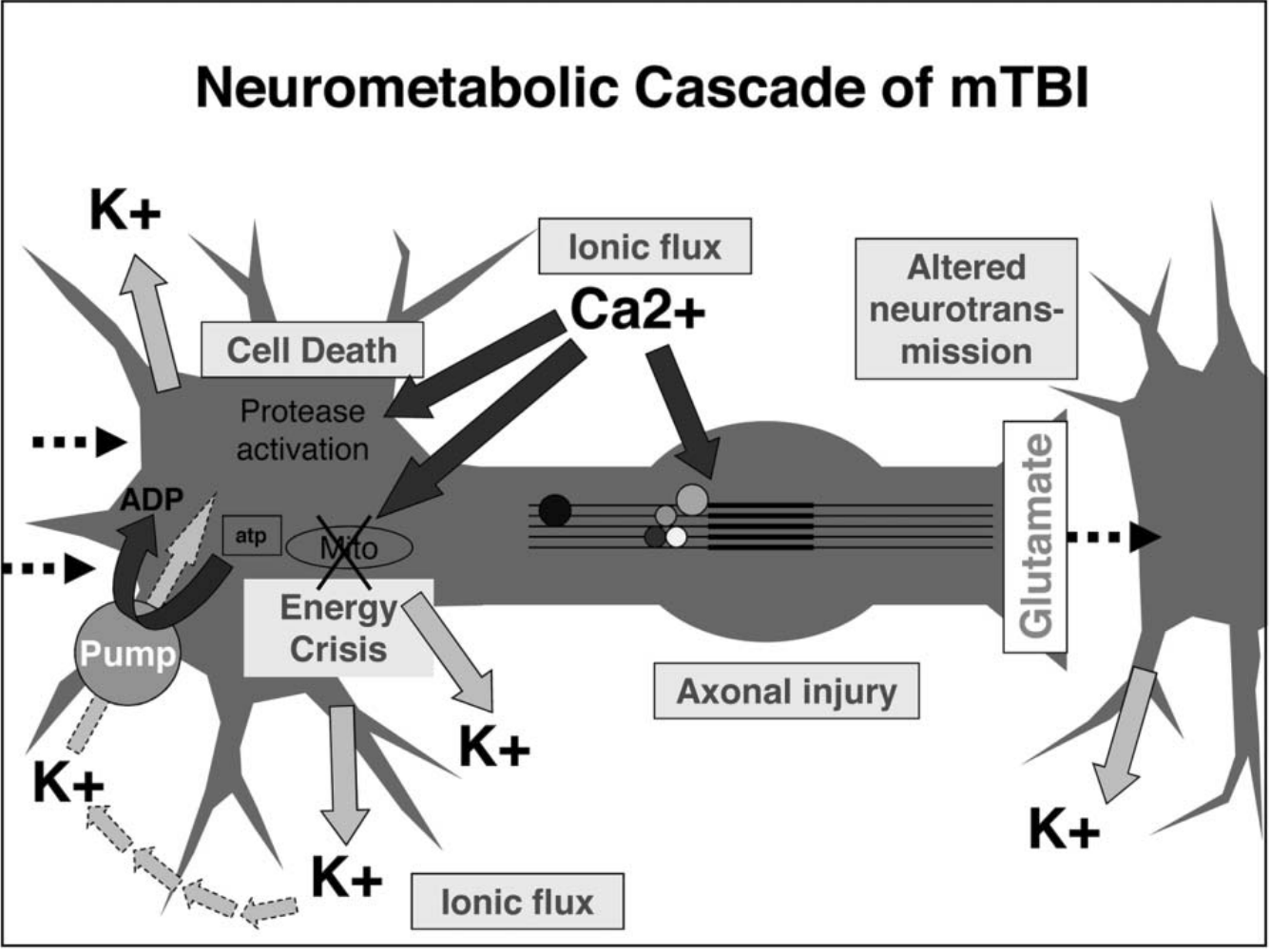
Symptoms
TBI is characterized by a wide array of symptoms and can be broken down into mild, moderate, and severe.
Mild TBI [2]
Physical symptoms
- Headache
- Nausea
- labored speech
- Dizziness
Cognitive and sensory symptoms
- Depression
- Anxiety
- Confusion/disorientation
- Light or sound sensitivity
Moderate/TBI [2]
Physical symptoms
- Loss of consciousness for minutes
- Persistent headache
- Persistent nausea/vomiting
- Uneven pupil dilation
- Loss of coordination
Cognitive and sensory symptoms
- Increased agitation
- Confusion
- Difficulties speaking
Severe TBI [2]
Physical symptoms
- Loss of consciousness for hours
- Severe long-lasting headache
- Seizures
- Clear fluid draining from the nose or ears
- Weakness in toes and fingers
Cognitive and sensory symptoms
- Increased agitation
- Profound confusion
- Slurred speech
- Coma

Prevalence
TBIs have become increasingly common among all age groups and genders. In the Study, “Recent Trends in Youth Concussions: A Brief Report“, Researchers found that from 2013-2018 rates of TBI increased. The researchers looked at the health records of 8,832,419 individuals (4,246,492 males, and 4,585,931 females). These individuals were broken up into 4 categories based on age: under 18, 18-37, 38-59, and 60+. Each of these groups demonstrated a steep increase in TBI cases between 2014 and 2018 [3]. Each group demonstrated a significant increase from 2016-2018 which could be taken as a strict increase but could also signal the development of better diagnostic tools and criteria.
Why Does This Matter?
From the study described above it is clear that TBIs are become a bigger issue for every demographic. Understanding how the mechanisms of TBIs impact the system at micro and macro levels is key for developing better treatments and guidelines
Footnotes
[1]Giza, C. c, & Hovda, D. A. (2014, July 1). The new neurometabolic cascade of concussion. Neurosurgery. https://pubmed.ncbi.nlm.nih.gov/25232881/
[2]Mayo Clinic. (2021, February 4). Traumatic brain injury. https://www.mayoclinic.org/diseases-conditions/traumatic-brain-injury/symptoms-causes/syc-20378557
[3]Askow, A. T., Erickson, J. L., & Jagim, A. R. (2020, December 29). Recent trends in youth concussions: A brief report. Journal of primary care & community health. https://pmc.ncbi.nlm.nih.gov/articles/PMC7780302/#table2-2150132720985058



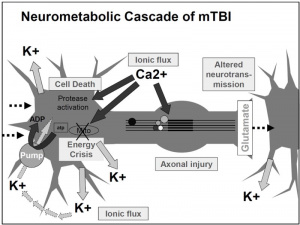
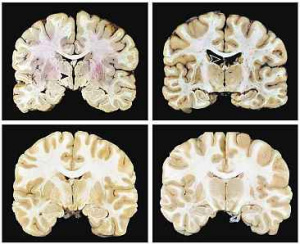
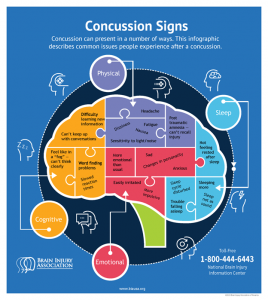 [3]
[3]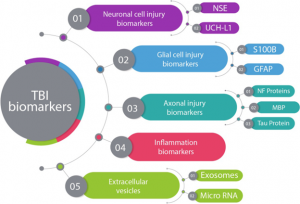 [5]
[5]

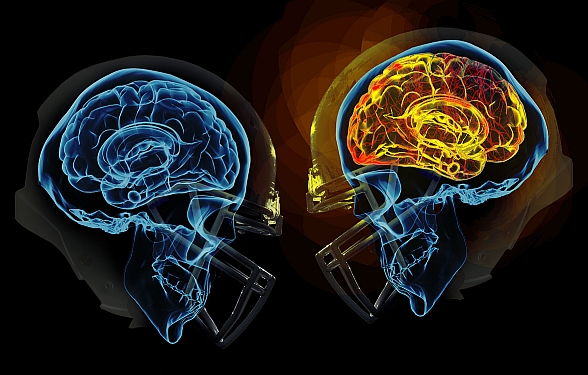

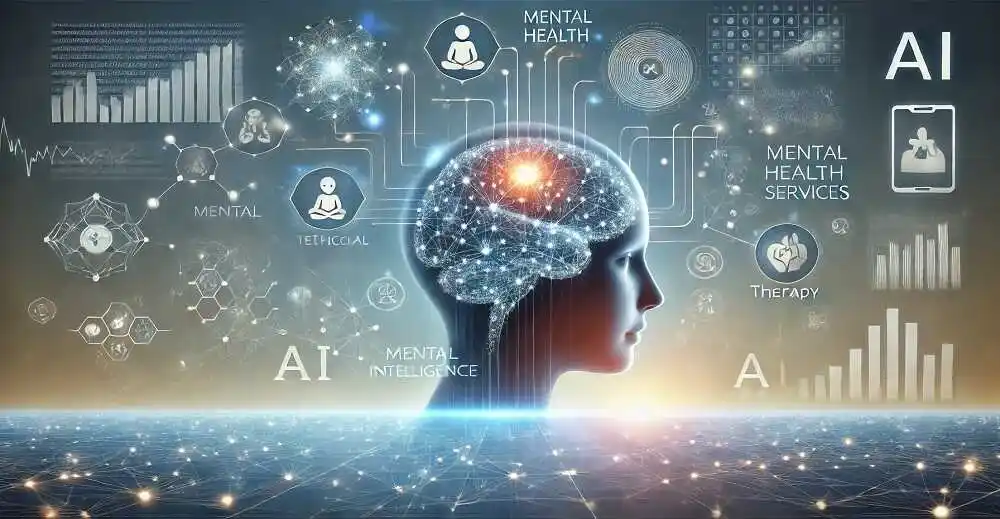

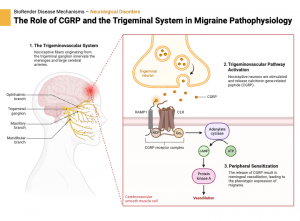
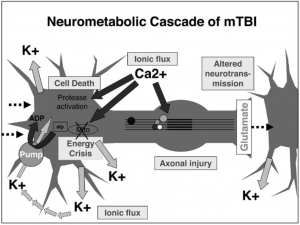
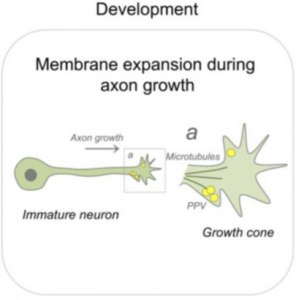

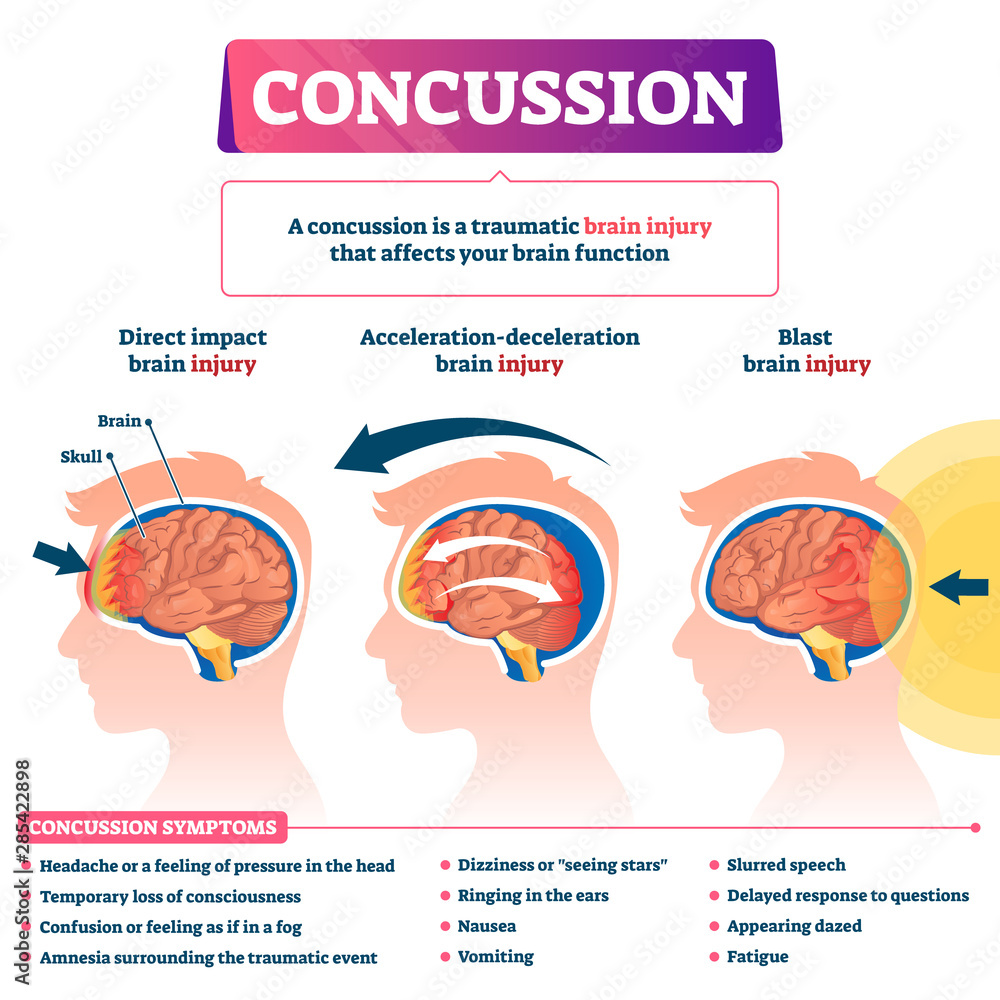


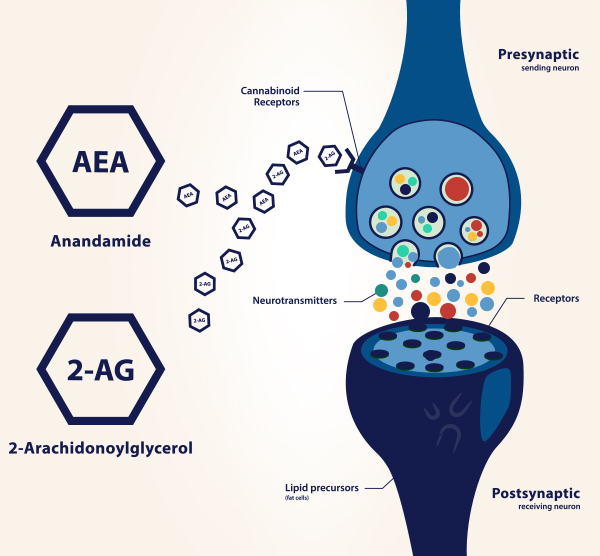
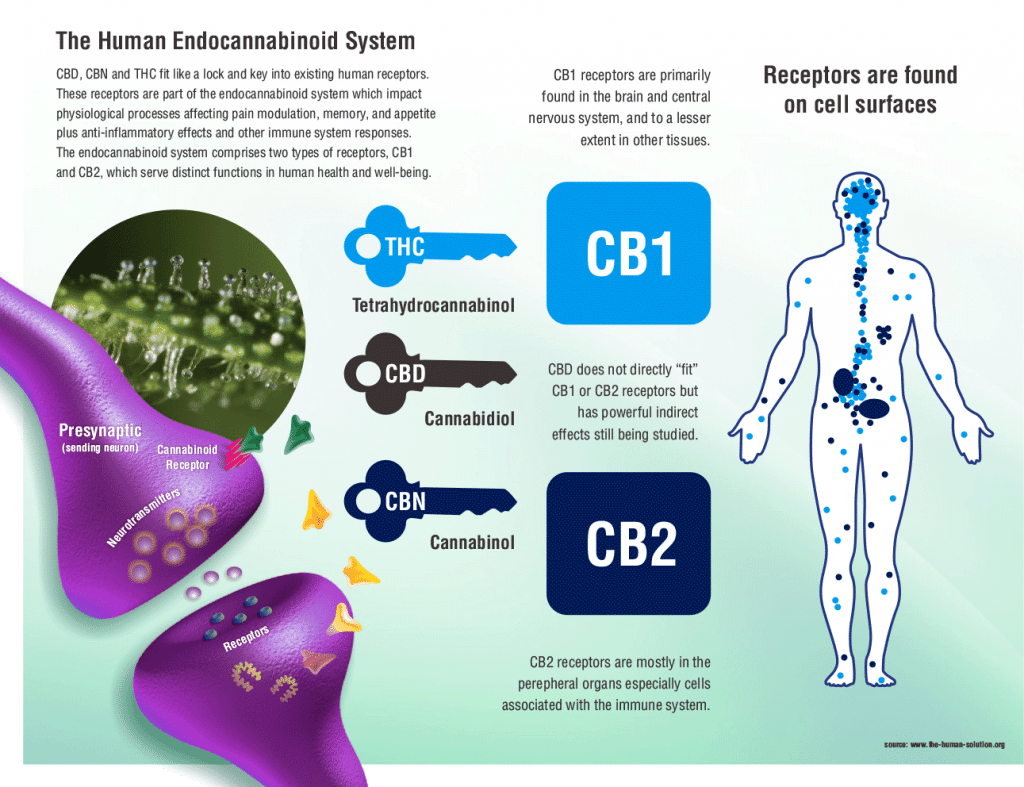


 Figure 1. Diagram showing past events that could potentially lead to cases of anxiety disorders such as Post Traumatic Stress Disorder (PTSD) [2]
Figure 1. Diagram showing past events that could potentially lead to cases of anxiety disorders such as Post Traumatic Stress Disorder (PTSD) [2]